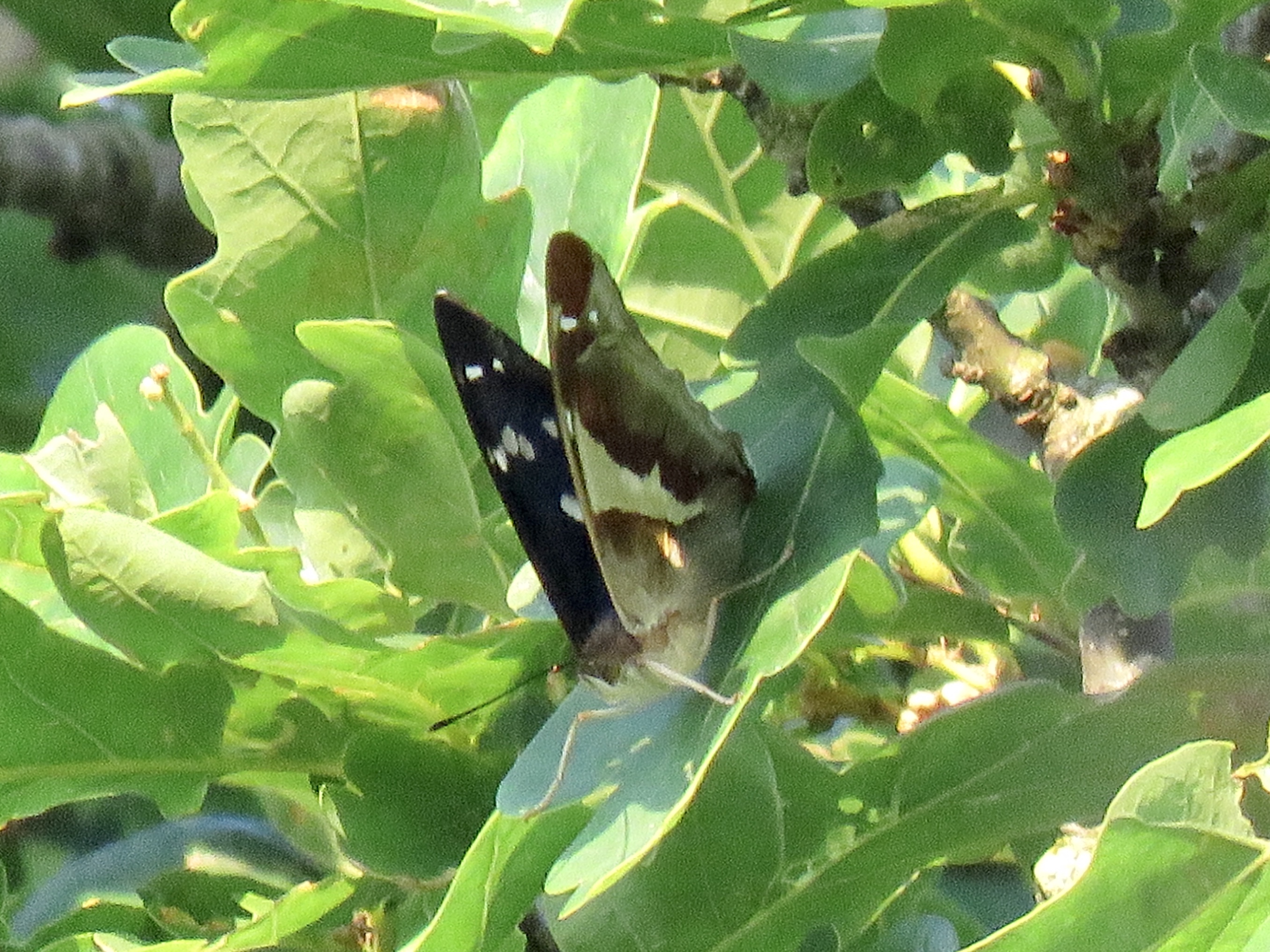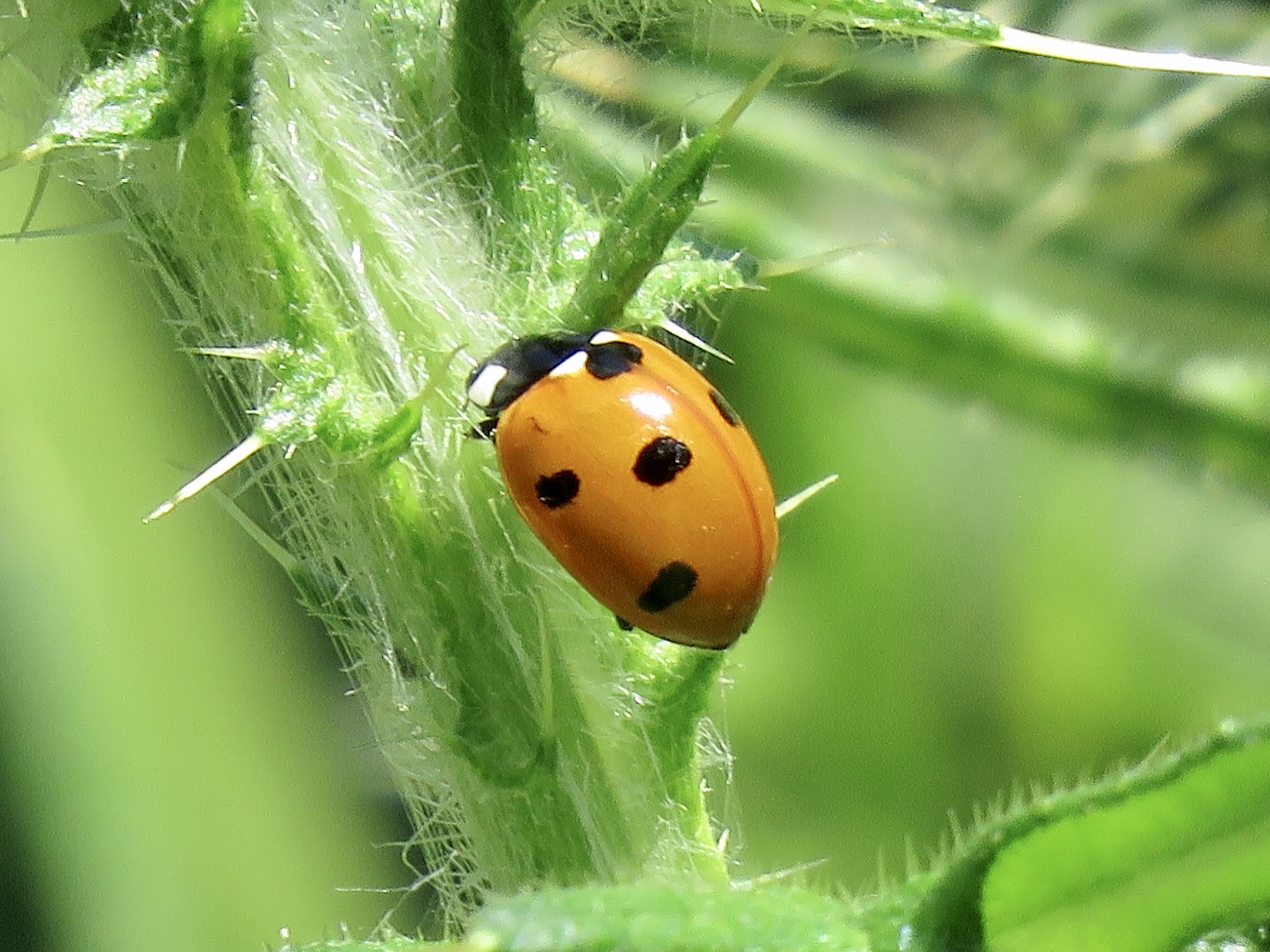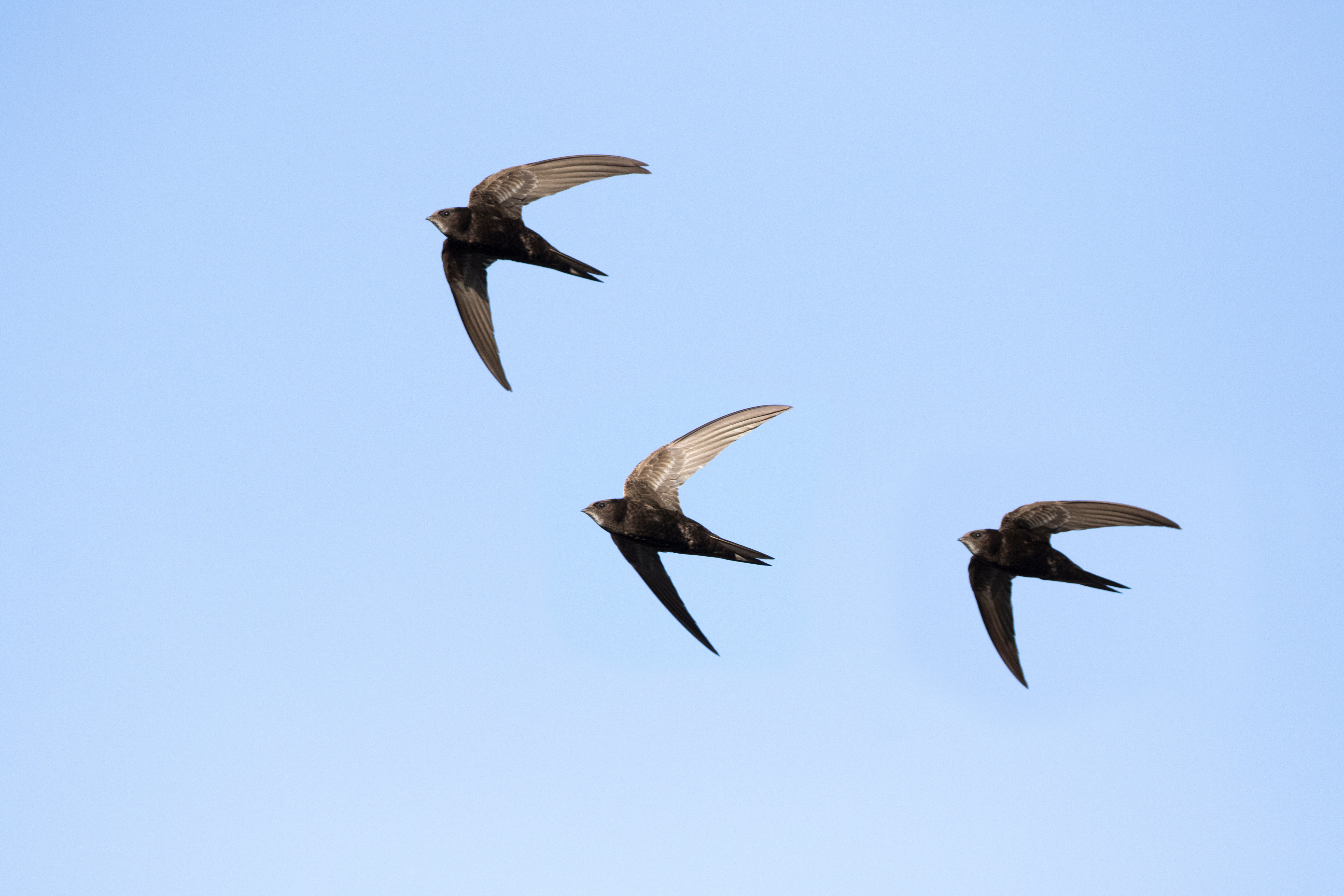If Spring warmth with May blossom and birdsong defines that moment when we say, “Ah, it is now Spring!” then winter finds its counterpart in chill woodland walks: scuffling leaf-fall, cracking twigs, mud and damp, damp, damp. They are the default for winter, broken only by the magic of snowfall or the unexpected joyfulness of Mistle Thrushes in song.
‘Trudging’ is a good word for winter – either through leaves, wet grass or heavy mud. In no other season do we give so much attention to where we place our feet, for one step wrong and we can be upended and find ourselves seated in the mire. And yet, strangely, it is also the season when I am most likely to nearly tread on a bird!
This is not because they are young or injured birds but because each of these three species is so confident in its own camouflage that it calculates that sitting tight, undetected, outweighs the risk of being trodden on. Only at the very last minute, usually well within 3 or 4 yards, do these birds finally capitulate and explode into flight, vertically and then off into new cover where once again they vanish.
One of these birds is the Pheasant who, in my experience, has the least control of their nerves! Their upward explosion, usually accompanied by loud calls, nevertheless can make you jump when all about has been quiet. The other two are closer relatives – both wading birds – the Jack Snipe found in marsh edgelands, and the Woodcock found along woodland edges.
Both possess a plumage so perfectly matching their preferred habitat that the chances are you will have been within 5 metres of them and never known they were there. The Jack Snipe wins the award for the steeliest nerves and due to its preference for marshy margins is less likely to be encountered on a winter’s walk. The Woodcock on the other hand, may explode from in front of you on any woodland walk and did so on one of mine just this week.
Despite having a ‘cocker spaniel’ dog – so named for being specifically bred to flush Woodcock – the Woodcock still waited until I was just 5 yards away. Binoculars straight to my eyes and I caught a brief glimpse of its long bill (nearly 10cm!), brown, non-descript plumage and downward beating wings. The Woodcock’s flight always elicits a chorus of scolding calls from the small woodland birds who I can only assume believe the Woodcock to resemble a predator, perhaps an owl or hawk.

It was these alarm calls that once alerted me to a flushed Woodcock by Verulamium Lake – from the thick bushes just metres from the constant flow of walkers and dogs. Indeed, Woodcock remains have been found on the Abbey tower, most likely the victim of a Peregrine kill perhaps carried out at night as the Woodcock migrated over the town.
Woodcock are crepuscular – coming out at dusk to feed or fly and returning to hiding at dawn. This makes them most vulnerable at night when they face not only the nocturnal hunting habits of Peregrines but also the disorienting glare and dazzle of city lights. Bizarrely, as a result, city-dwellers are more likely to see a Woodcock in broad daylight, sitting exhausted and bemused on an urban pavement – just recently in Farringdon, London.
While Woodcock are firmly associated in my mind with winter woodland walks, they do stay to breed but sadly in decreasing numbers. In Hertfordshire they are almost absent as a breeding bird but on my annual spring visits to the more wooded county of Kent I have been able to witness another peculiar behaviour of these birds. Not blessed with song, Woodcock instead fly back and forth over the woods at first and last light, ‘roding’. This involves the male patrolling his territory while issuing strange amphibian-like grunts and growls punctuated by sharp, far-carrying squeaks.
Most of us will never get to see a Woodcock up close and personal but maybe, on some woodland walk this winter, you will catch a glimpse of something brown and feathered exploding from the undergrowth by your feet and skulking away in flight before you can really get visual purchase. The chances are it was a Woodcock.



























